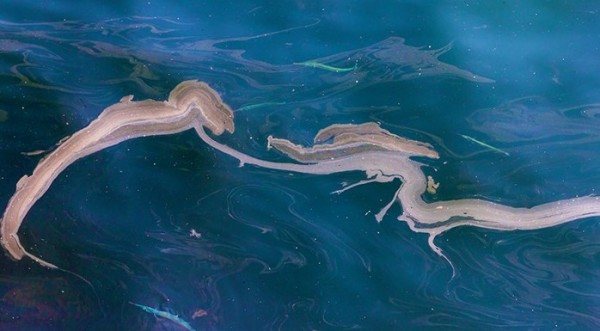The U.S. Coast Guard’s National Pollution Funds Center (NPFC) has responsibility for disbursements from the Oil Spill Liability Trust Fund (Fund).The Fund enables the Coast Guard and the Environmental Protection Agency (EPA) to respond to oil spills. The Oil Pollution Act of 1990 (OPA) authorizes the Fund to pay for certain damage claims and oil removal costs. The federal government may subsequently seek reimbursement of these costs from responsible parties.
Damage claims
GAO found that for fiscal years 2011 through 2013, internal controls were designed and implemented to reasonably assure that damage claim expenses were appropriately disbursed from the Fund.
Oil removal
GAO identified several internal control deficiencies, which demonstrated that NPFC was unable to reasonably assure that oil removal disbursements were appropriately disbursed from the Fund. GAO’s statistical tests of oil removal disbursements less than or equal to $500,000 identified design and implementation control deficiencies involving invoices that lacked required certifications, high visibility spills that were not identified, and missing supporting documentation for some costs. Also, GAO identified other issues, including that NPFC lacked policies and procedures for tracking and reconciling cash advances to EPA.
NPFC has established a system of internal controls for the designation and billing, as appropriate, of responsible parties. For fiscal years 2011 through 2013, GAO determined for the amounts over $500,000 that NPFC designed and implemented internal controls to provide reasonable assurance that responsible parties were designated and billed, as appropriate, for damage claim and oil removal disbursements.
For fiscal years 2011 through 2013, the Fund disbursed over $360 million, not including disbursements related to the Deepwater Horizon oil spill. During the period, not including the Deepwater Horizon oil spill, NPFC billed $272 million to responsible parties and collected $39 million. GAO found that NPFC was unable to bill for a large percentage of the damage claim and oil removal disbursements over $500,000 because the responsible party had reached its limit of liability, not all elements of liability were established, or the source of the spill could not be identified.
OPA authorizes using the Fund for immediate response costs and when responsible parties cannot be identified or pay. GAO analyzed the Fund’s sources of income and found the 8-cent per-barrel tax on petroleum products is relied on as the primary, consistent source of funding because the Fund has disbursed more funding than it has been able to recover. This is because the Fund is not reimbursed for certain damage claim and oil removal costs, as noted above. The average amount of the Fund’s revenue from the per-barrel tax was 60 percent of the total revenue for fiscal years 2011 through 2013. The per-barrel tax is set to expire at the end of 2017, creating uncertainty with regard to future revenue sources for the Fund. As of September 30, 2014, the Fund’s balance was about $4.6 billion, which reflects approximately $1.3 billion in fines from the Deepwater Horizon oil spill. However, these fines are not a consistent funding source.
You may view the report by clicking below:
Source: GAO
In the outbreak, I was explicit with you propecia before and after has changed my subsistence. It has become much more fun, and now I have to run. Just as it is incredible to sit.































































